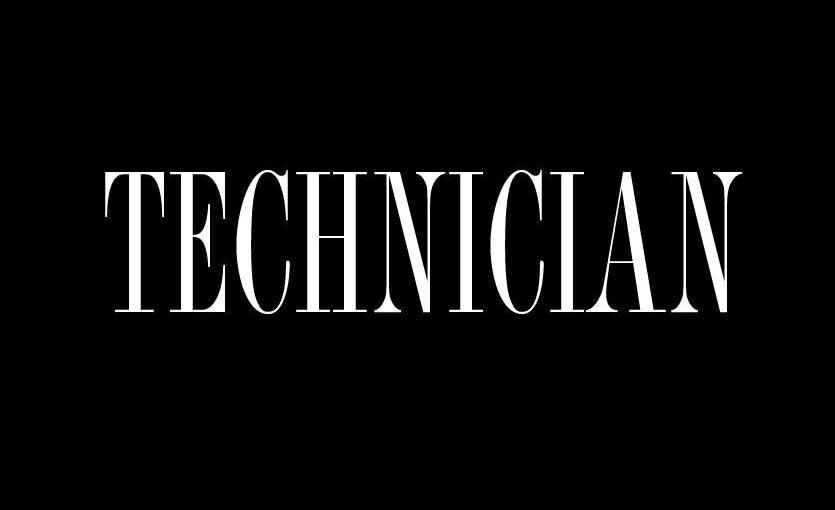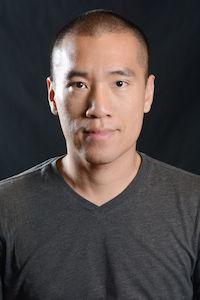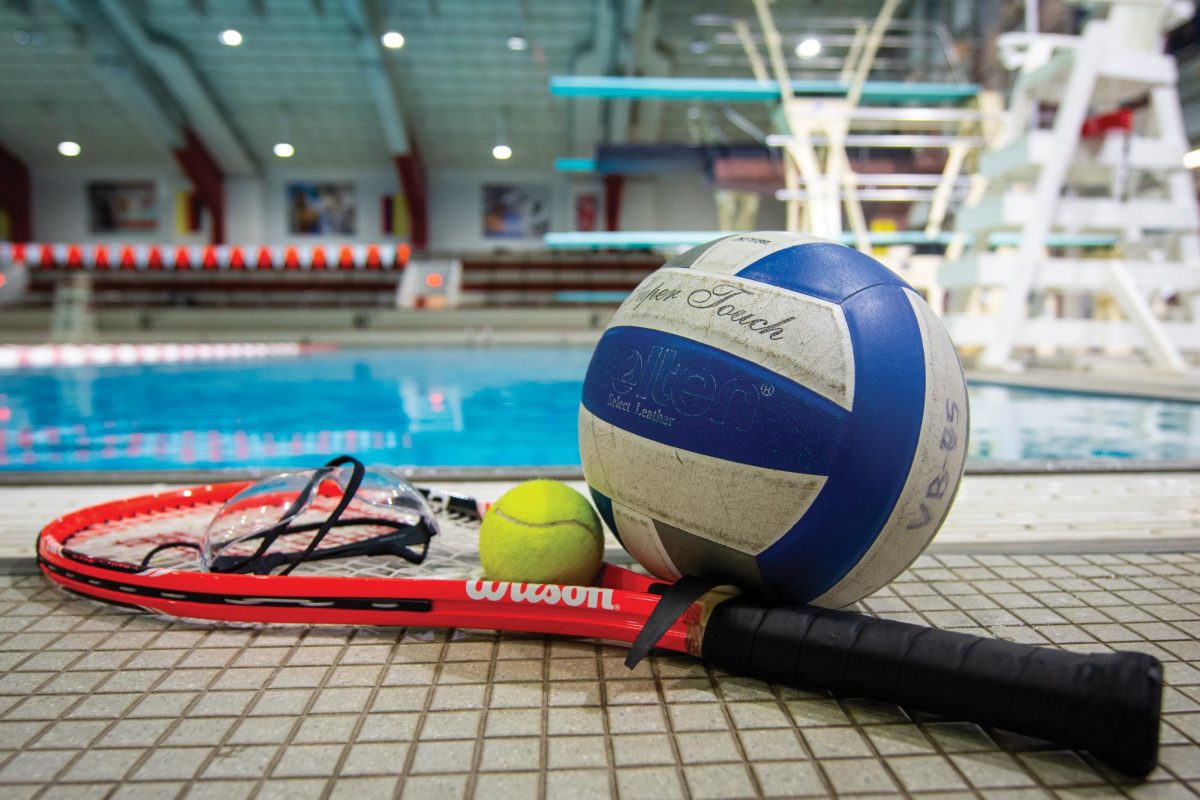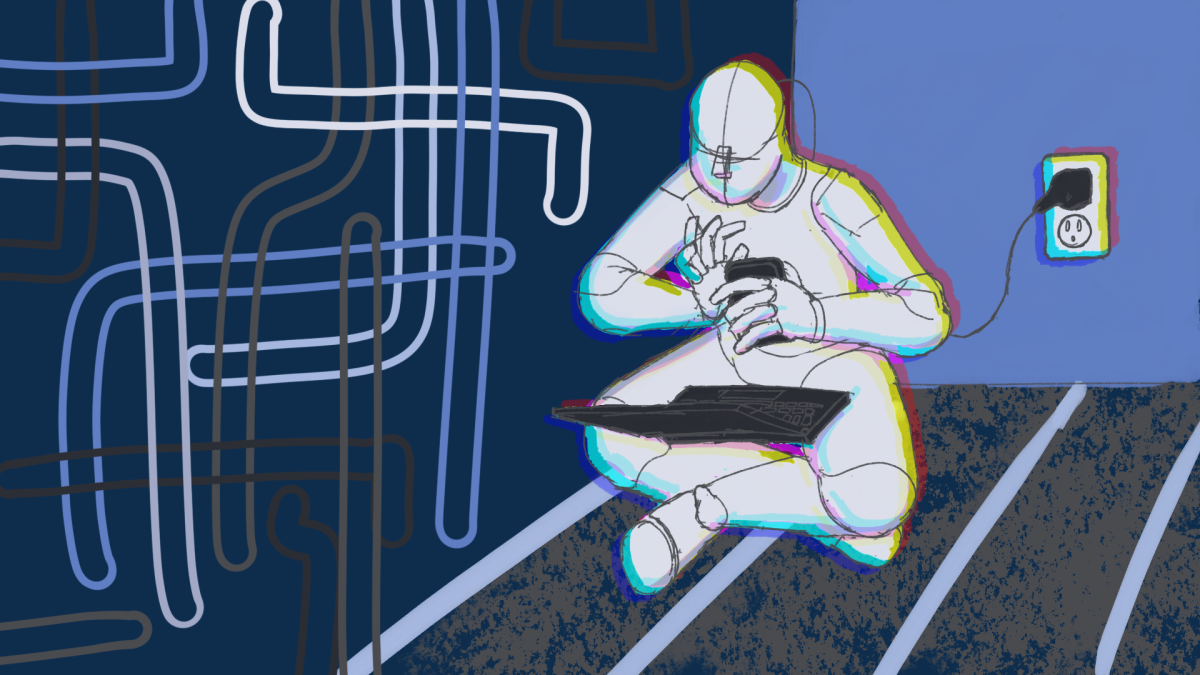Barricades of automobile tires and sandbags demarcate pathways across Kyiv’s Independence Square, towering rubble serve as a reminder that Ukraine’s revolution has yet to complete its rotation of power.
I carefully skirt around boxes of unused Molotov cocktails and piles of unearthed bricks as I walk alongside Pavlov Bondarenko, an economics student at Kyiv-Mohyla Academy.
“I stayed up for over four days at one point,” Bondarenko confessed with a grin, the content of this conventional undergraduate revelation not nearly as revealing as its context.
Bondarenko was among the many students who stormed Independence Square in November 2013, their collective actions triggering the Euromaidan protests eventually leading to the ousting of former Ukrainian President Viktor Yanukovych.
While many Ukrainians contributed to the Euromaidan through financial provisions and crucial behind-the-scenes work, 19-year-old Pavlov positioned himself on the protest frontlines, heaving tires between barricade assembly lines and carrying those injured in clashes with riot police to safety. It was the resolution of young protestors like Pavlov that inspired countless Ukrainians to action, uniting many who had been dissuaded from political mobilization by the historical precedents of former failed revolutions.
“When you are young… you think you can change the world,” said Yuriy Vitrenko, Managing Director at Ukrainian advisory firm AYA Capital. Vitrenko’s company provided financial support to university groups spearheading the initial 2013 protests, lending fax machines and tablets to aid students in their organizational efforts.
Vitrenko, a former consultant and advisor at PricewaterhouseCoopers and Merril Lynch, eventually took to Kyiv’s streets to protest. He said his decision to participate was fueled by the determination of Ukraine’s younger generation, who he said, “show[ed] by their example that they were not afraid.”
For many demonstrators, the very act of engaging in demonstrations alongside thousands of fellow Ukrainians evoked the fearlessness that led Kyiv’s protests to reach peaks of 800,000 participants. “At first you start filming it on your phone. Then you start taking pictures of yourself, like doing selfies. And only then you understand that maybe it is really dangerous,” said Vitrenko.
Danger, however, was not enough to deter Pavlov from the revolution’s forefront. He points upward as we walk, motioning to a set of cathedral bells, recalling their ringing to awake sleeping protestors to the first waves of Berkut—the now dissolved Ukrainian special police, infamous for their police brutality. I am loosely reminded of Paul Revere’s midnight ride, and the tendons of historical importance attach themselves to our conversation.
As the two of us, Ukrainian and American, reach the edge of the seemingly appropriately named Independence Square, I wonder what I would have done in Pavlov’s position. Revolution is easy to romanticize, and difficult to fully grasp without experiencing the full weight of a people’s disagreement with their government.
In the United States, we are fortunate to have a regular, peaceful exchange of presidential power. Our favorable circumstances, however, cultivate an unfavorable complacency toward our civic and political responsibilities. As students such as Pavlov risk their lives to fight political corruption, we must question how we prioritize our own demands as students. If we must lose sleep, let it not be over this paper’s decision to forego its yearly comical edition.





